There has been a wash of policy measures thrown at farmers in the past week. On Saturday, we revealed on farmersjournal.ie that the Government had agreed a 21-30% reduction in agricultural emissions by 2030. Under the climate act, this target will be woven into a legally binding path to reduce national emissions by 51% by 2030. Therefore, these targets require careful assessment and detailed analysis in order to fully understand the short- and long-term implications for farmers.
Worryingly, there seems to be an acceptance in some quarters that the targets mark a success for farmers and the farm lobby. Some base this simply on the fact that the energy sector received a much higher target of 70-80%. Others take validation from the fact that environmentalists are lamenting the lower level of ambition for agriculture. Neither should be used as a benchmark to assess the impact on livelihoods of farmers or the rural economy. A target to reduce emissions by 80% for an energy sector that can pass the costs of its green transition on to the consumer is very different to the scenario facing farmers. Furthermore, the shift to a 21-30% reduction target should be assessed in the context that – as Phelim O’Neill reports – only three months ago, the Government signed off on a Food Vision 2030 report which only identified potential to reduce emissions by 10% over the next decade.
National herd
Unsurprisingly, the immediate response to the reduction targets was to focus on the future of the national herd. At this point, any debate and assurances around the future size of the national herd are irrelevant – the target is to reduce agricultural emissions, not cattle numbers.
It is a point reinforced by Teagasc director Dr Frank O’Mara in an interview with Jack Kennedy, available to watch at ifj.ie/video. O’Mara outlines the scale of the challenge to reduce emissions by up to 30% – equivalent of 7m tonnes of carbon – over the next eight years.
Existing technologies, detailed in the Teagasc MACC, have the potential to reduce carbon emissions by 2m tonnes. According to O’Mara, developing technologies, likely to come to market in the years ahead, have the potential to deliver a further reduction of 1.5m tonnes – for a combined reduction of 3.5m tonnes of carbon against a target of up to 7m tonnes.
It means that Government is expecting farmers to accept a target for the sector where the current roadmap can only take them 50% of the required journey. The great hope is that further research, which at best is only in its infancy, will uncover a silver bullet that will deliver the remaining 3.5m tonnes or 50% of the required reduction over the next eight years.

\ Jim Cogan
Huge gamble
It is a scenario that exposes the huge gamble this Government is preparing to take on the future of agriculture and rural Ireland. In this environment, any assurances around the national herd ring hollow. The figures show that if research does not manage to deliver a silver bullet, then a large-scale reduction in livestock numbers will be needed within the next eight years if the sector is to meet its obligations under the climate act. There should be no disguising this fact.
The message should not be sugar-coated for short-term palatability – this is one can that farmers cannot afford to be kicked down the road. Instead, the financial impact on farm incomes and the rural economy of being locked into reducing emissions by up to 30%, in the absence of new technologies emerging, must be fully understood. For farmers to simply take a leap of faith on the back of what are clearly hollow commitments on the future of the national herd would be reckless.
Funding
Fully understanding the financial impact of the reduction targets on farm incomes will also be critical in assessing the level of funding announced this week under the 2023-2027 Rural Development Programme. As Darren Carty and Pat O’Toole report this week, the amount of funding available under pillar 2 will increase from an average of €585m per annum under the last CAP to an average of €770m per annum for 2023-2027. This increased figure announced by Minister for Agriculture Charlie McConalogue reflects a 2% increase in the level of co-financing plus the inclusion of additional support through the carbon tax fund.
An extra €185m each year for farm schemes is significant and no doubt hard fought for by the minister. We should also welcome him finally bringing clarity on future policy for farm payments. But without an understanding as to the financial impact on farm incomes of the new targets and the overall CAP reform, it is impossible to determine the extent to which the measures and funding announced by the minister will help protect farm viability. In addition, the details of the schemes and the conditions attached will have a major bearing on the extent to which these supports underpin farm income.
Ultimately, now is not the time to draw conclusions, form definitive positions or indeed simply accept policy outcomes based on political reassurances. Now is the time to stand back and for farmers and rural Ireland to properly assess the impact of the policy and support measures that have been laid in front of them this week – not just in the short term but for future generations of farmers.
There has been a wash of policy measures thrown at farmers in the past week. On Saturday, we revealed on farmersjournal.ie that the Government had agreed a 21-30% reduction in agricultural emissions by 2030. Under the climate act, this target will be woven into a legally binding path to reduce national emissions by 51% by 2030. Therefore, these targets require careful assessment and detailed analysis in order to fully understand the short- and long-term implications for farmers.
Worryingly, there seems to be an acceptance in some quarters that the targets mark a success for farmers and the farm lobby. Some base this simply on the fact that the energy sector received a much higher target of 70-80%. Others take validation from the fact that environmentalists are lamenting the lower level of ambition for agriculture. Neither should be used as a benchmark to assess the impact on livelihoods of farmers or the rural economy. A target to reduce emissions by 80% for an energy sector that can pass the costs of its green transition on to the consumer is very different to the scenario facing farmers. Furthermore, the shift to a 21-30% reduction target should be assessed in the context that – as Phelim O’Neill reports – only three months ago, the Government signed off on a Food Vision 2030 report which only identified potential to reduce emissions by 10% over the next decade.
National herd
Unsurprisingly, the immediate response to the reduction targets was to focus on the future of the national herd. At this point, any debate and assurances around the future size of the national herd are irrelevant – the target is to reduce agricultural emissions, not cattle numbers.
It is a point reinforced by Teagasc director Dr Frank O’Mara in an interview with Jack Kennedy, available to watch at ifj.ie/video. O’Mara outlines the scale of the challenge to reduce emissions by up to 30% – equivalent of 7m tonnes of carbon – over the next eight years.
Existing technologies, detailed in the Teagasc MACC, have the potential to reduce carbon emissions by 2m tonnes. According to O’Mara, developing technologies, likely to come to market in the years ahead, have the potential to deliver a further reduction of 1.5m tonnes – for a combined reduction of 3.5m tonnes of carbon against a target of up to 7m tonnes.
It means that Government is expecting farmers to accept a target for the sector where the current roadmap can only take them 50% of the required journey. The great hope is that further research, which at best is only in its infancy, will uncover a silver bullet that will deliver the remaining 3.5m tonnes or 50% of the required reduction over the next eight years.

\ Jim Cogan
Huge gamble
It is a scenario that exposes the huge gamble this Government is preparing to take on the future of agriculture and rural Ireland. In this environment, any assurances around the national herd ring hollow. The figures show that if research does not manage to deliver a silver bullet, then a large-scale reduction in livestock numbers will be needed within the next eight years if the sector is to meet its obligations under the climate act. There should be no disguising this fact.
The message should not be sugar-coated for short-term palatability – this is one can that farmers cannot afford to be kicked down the road. Instead, the financial impact on farm incomes and the rural economy of being locked into reducing emissions by up to 30%, in the absence of new technologies emerging, must be fully understood. For farmers to simply take a leap of faith on the back of what are clearly hollow commitments on the future of the national herd would be reckless.
Funding
Fully understanding the financial impact of the reduction targets on farm incomes will also be critical in assessing the level of funding announced this week under the 2023-2027 Rural Development Programme. As Darren Carty and Pat O’Toole report this week, the amount of funding available under pillar 2 will increase from an average of €585m per annum under the last CAP to an average of €770m per annum for 2023-2027. This increased figure announced by Minister for Agriculture Charlie McConalogue reflects a 2% increase in the level of co-financing plus the inclusion of additional support through the carbon tax fund.
An extra €185m each year for farm schemes is significant and no doubt hard fought for by the minister. We should also welcome him finally bringing clarity on future policy for farm payments. But without an understanding as to the financial impact on farm incomes of the new targets and the overall CAP reform, it is impossible to determine the extent to which the measures and funding announced by the minister will help protect farm viability. In addition, the details of the schemes and the conditions attached will have a major bearing on the extent to which these supports underpin farm income.
Ultimately, now is not the time to draw conclusions, form definitive positions or indeed simply accept policy outcomes based on political reassurances. Now is the time to stand back and for farmers and rural Ireland to properly assess the impact of the policy and support measures that have been laid in front of them this week – not just in the short term but for future generations of farmers.





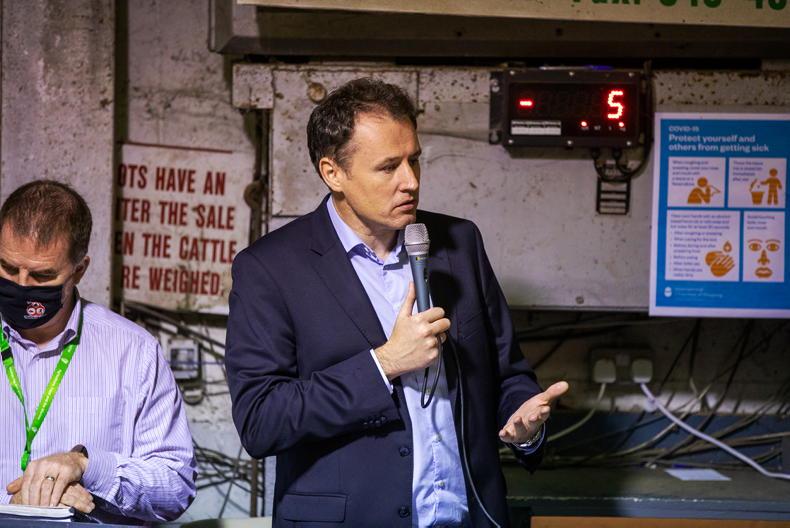
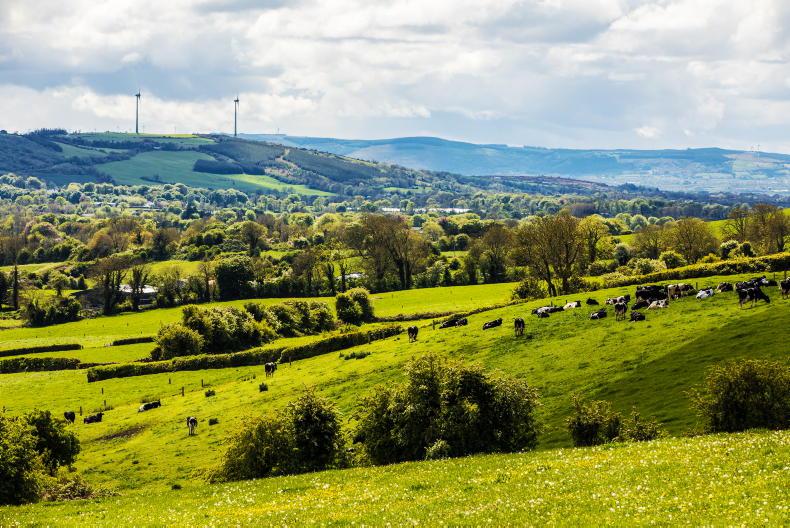
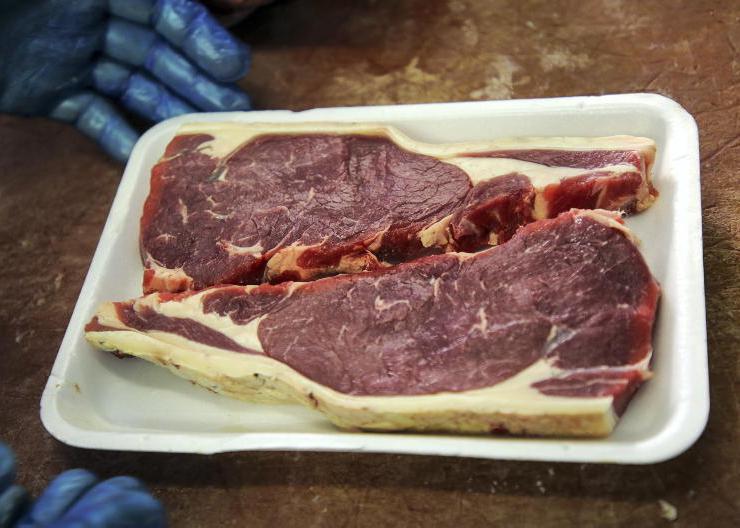
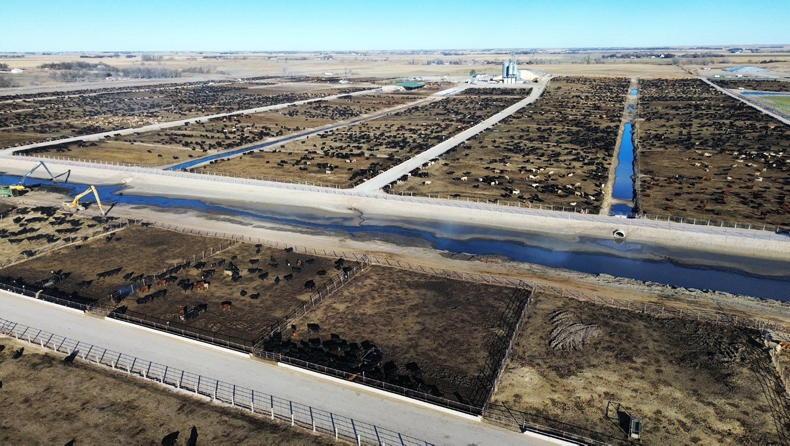
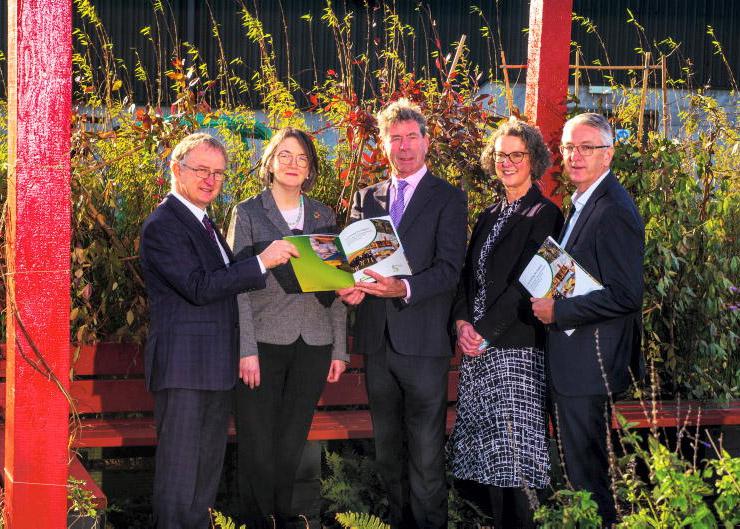
SHARING OPTIONS